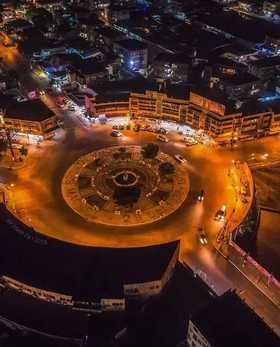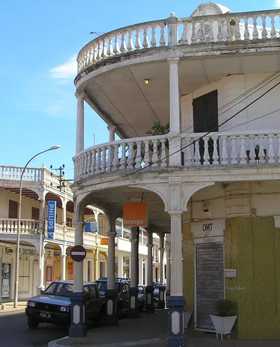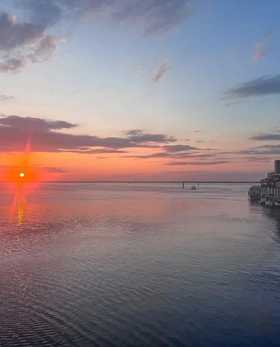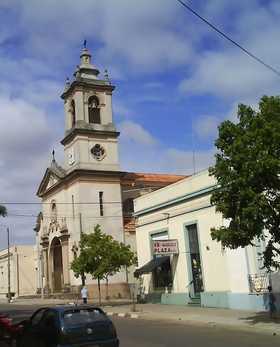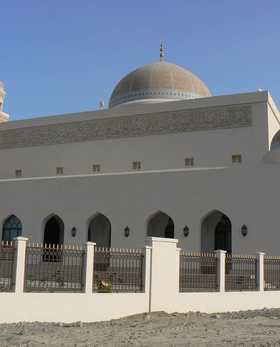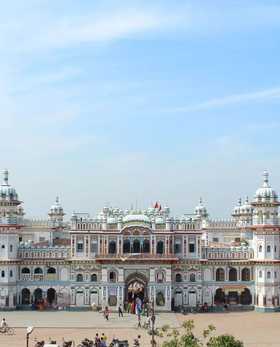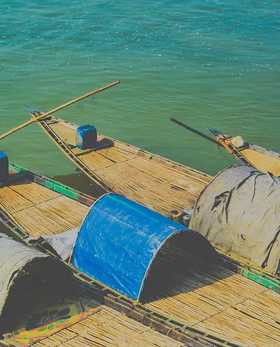Cost of Living in Cherthala - Updated Prices & Insights
Solo nomad: Estimated monthly costs are $198 (excluding rent), and $307 including rent.
Family of 3: Estimated monthly costs are $418 (excluding rent), and $701 including rent.
Citycost data is based on AI and user input – minor inaccuracies may occur.
Last update: November 25, 2025
